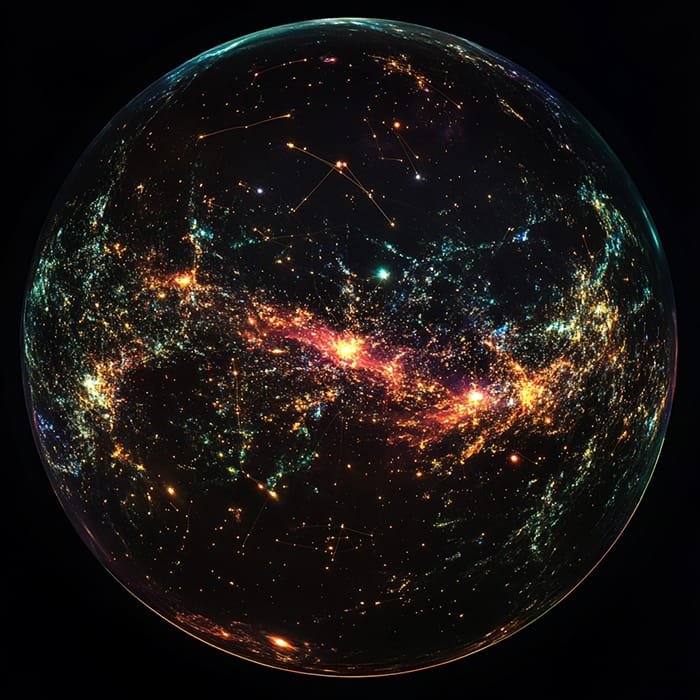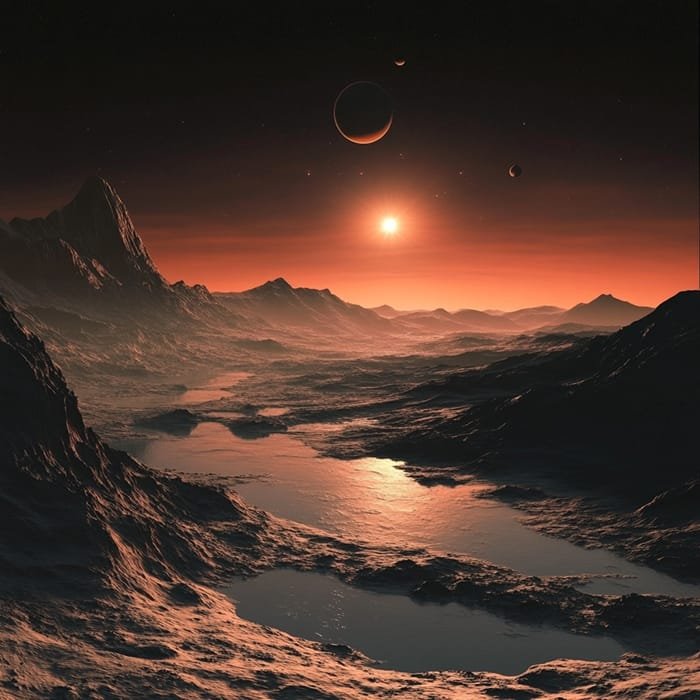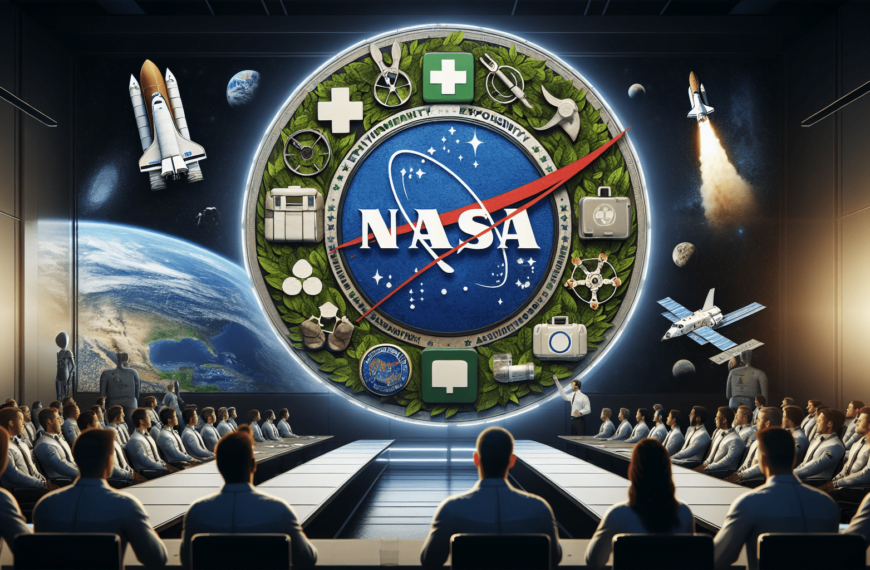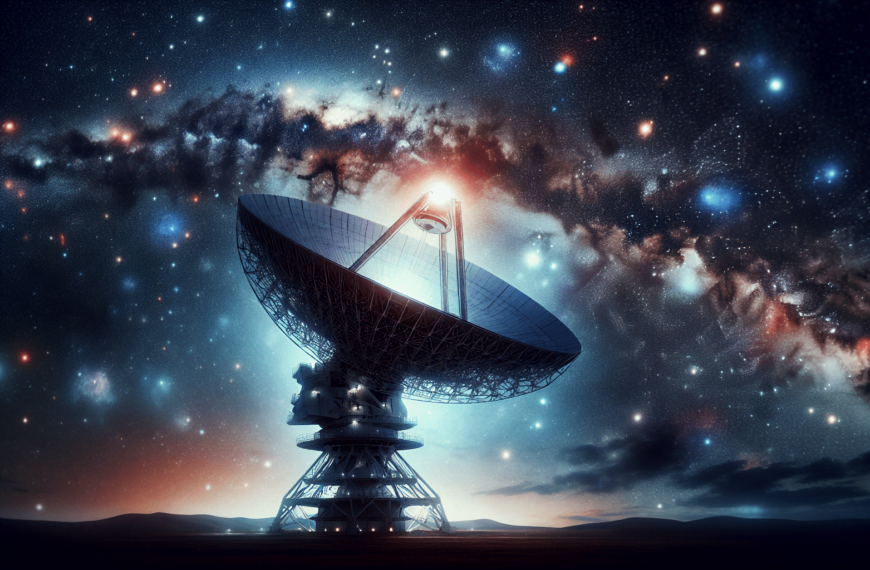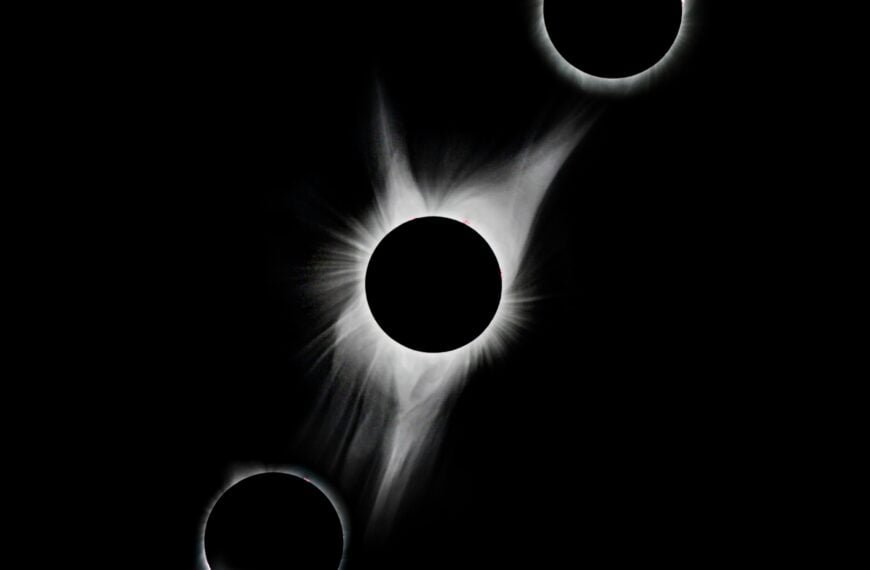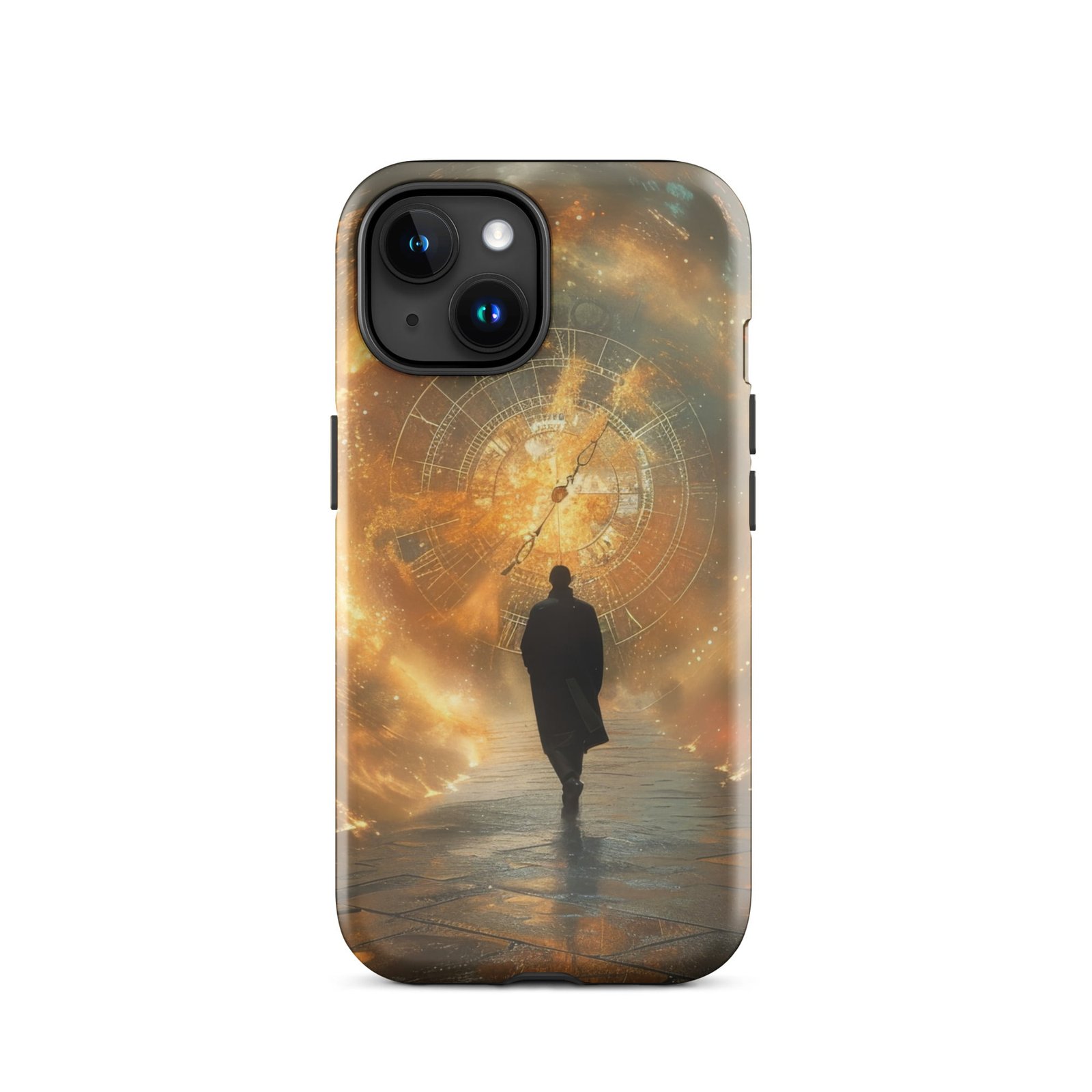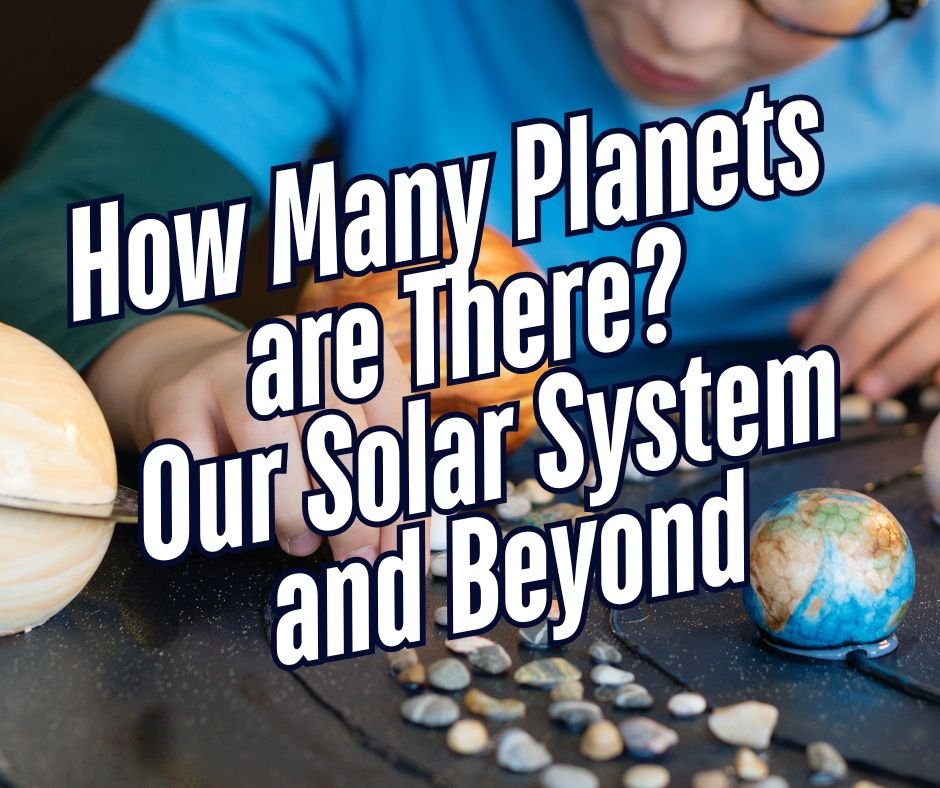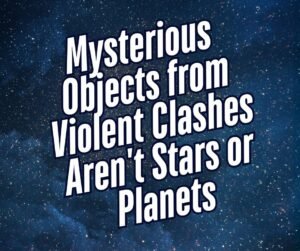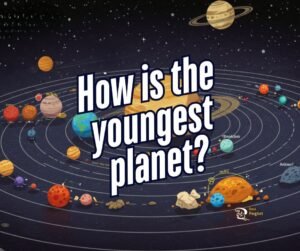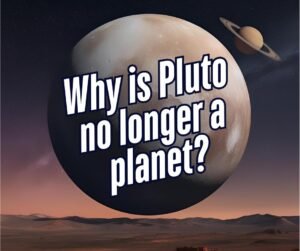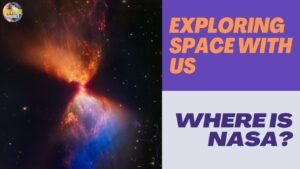Exploring the Euclid space telescope’s 3D map of the universe, revealing insights into dark matter and energy’s role in cosmic structure.
Key Takeaways 📝
- The Euclid space telescope is revolutionizing our understanding of the universe by creating a 3D map that reveals the hidden roles of dark matter and dark energy in shaping cosmic structures.
- As much as 95% of the universe’s mass-energy content is made up of dark matter and dark energy, yet they remain invisible to conventional observations—Euclid’s findings could change that.
- Contrary to the belief that space exploration is purely an academic endeavor, the insights gained from the Euclid mission have real-world implications for technology, climate science, and international cooperation.
- By visualizing the cosmic web and the distribution of galaxies, the Euclid map provides actionable insights that could inform future scientific advancements and our understanding of Earth’s climate.
- The core message emphasizes that exploring the universe is not just about understanding distant galaxies; it’s about recognizing our place in the cosmos and how these discoveries can impact life on Earth.

Welcome to the cosmic adventure of a lifetime! Today, we’re diving into the mysteries of the universe, not through the eyes of a science fiction writer, but through the lenses of a remarkable piece of technology: the space telescope. Specifically, we’re exploring the groundbreaking work of the Euclid space telescope and its awe-inspiring 3D map of the universe. Now, I know what you might be thinking: “Why should I care about a space telescope’s map?” Well, buckle up, because we’re about to embark on a journey that stretches from the infinitesimal particles of the cosmos to the grand tapestry of galaxies, all woven together by the steady hands of science and technology.
Introduction to Mapping the Universe
Imagine standing on the edge of the Grand Canyon, except instead of looking out over a vast expanse of rock and earth, you’re gazing into the depths of the cosmos. That’s the kind of awe-inspiring perspective offered by the Euclid space telescope’s map. It’s not just a tool for astronomers; it’s a time machine, a compass pointing to the mysteries of our universe, and a mirror reflecting our place within it. So, grab a cup of your favorite brew and let’s venture into the stars!
What is the Euclid Space Telescope?
The Euclid Space Telescope is a pioneering mission launched by the European Space Agency (ESA) with the aim of mapping the geometry of the dark universe. Named after the ancient Greek mathematician, Euclid, whose work laid the foundation for geometry, this telescope is designed to make sense of the cosmos’ vast, mysterious landscape. It’s like having a bird’s-eye view of the universe, only the bird is a high-tech satellite orbiting millions of miles away.
The Purpose of Mapping the Universe
Why do we need a space telescope’s map, you ask? Well, it’s all about understanding the universe’s grand design. By creating a precise 3D map, scientists can trace the distribution and behavior of dark matter and dark energy, two of the most enigmatic components of our universe. It’s like trying to solve a cosmic jigsaw puzzle, where each piece reveals a part of the story of how galaxies form, evolve, and interact.
How Does the Space Telescope’s Map Work?
At its core, the space telescope’s map is a synergy of advanced optics and cutting-edge data analysis. Euclid peers into the universe using a combination of visible and near-infrared spectrometers. Imagine it as a cosmic photographer, capturing the light from billions of galaxies and converting this into a detailed 3D map. This map isn’t just a static image; it’s a dynamic model that allows scientists to explore the universe’s structure and evolution over time.
The Science Behind the Map
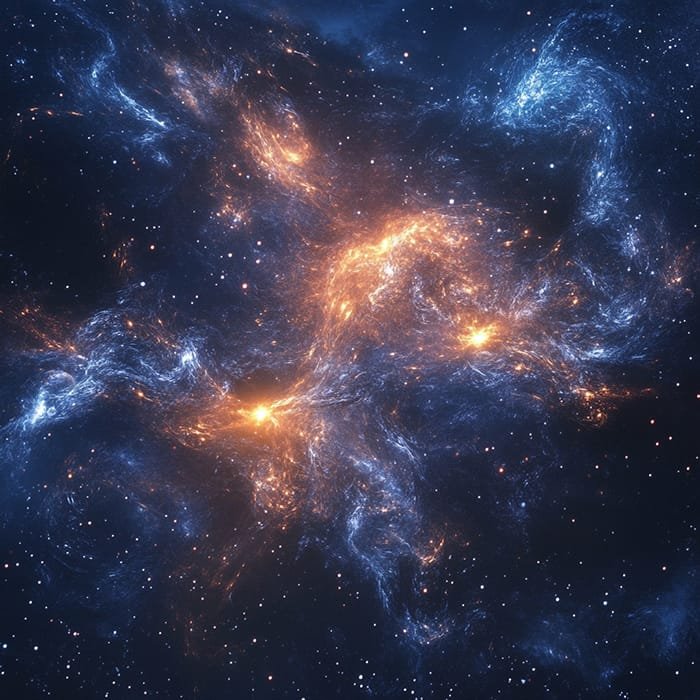
Dark Matter and Dark Energy
Ever wonder what makes up about 95% of the universe’s mass-energy content, yet is invisible to the naked eye? That’s dark matter and dark energy for you. Dark matter acts like an unseen scaffolding, holding galaxies together, while dark energy is believed to drive the accelerated expansion of the universe. The Euclid space telescope’s map helps scientists visualize and understand these elusive phenomena, shedding light on the cosmic forces that shape our universe.
Cosmic Webs
Imagine the universe as a vast spiderweb, with galaxies strung along the filaments of dark matter. This is what scientists refer to as the cosmic web. The Euclid map provides an unprecedented view of these structures, offering clues about how galaxies are distributed across the universe and how they influence each other’s evolution. It’s a bit like watching a cosmic ballet, where each galaxy dances to the tune of gravity.
Who is Behind the Euclid Mission?
The Euclid mission is a collaborative effort led by the European Space Agency, with contributions from NASA and numerous international research institutions. It’s a testament to human ingenuity and global cooperation, drawing on expertise from scientists, engineers, and mathematicians worldwide. Together, they’re pushing the boundaries of what we know about the universe, one map at a time.
When Did the Euclid Launch and Why Now?
Euclid was launched on July 1, 2024, and the timing couldn’t be more critical. With advancements in technology and a growing curiosity about the universe’s dark components, the mission hits at a time when the scientific community is eager for answers. It’s like opening a new chapter in a book that has captivated us for millennia, with Euclid as the pen poised to write the next page.
Where is the Euclid Space Telescope Located?
The Euclid space telescope orbits around the second Lagrange point (L2), a million miles away from Earth. This location is ideal for space observation because it provides a stable environment with minimal interference from Earth’s light and atmosphere. It’s like setting up a telescope on a serene mountaintop, far removed from the hustle and bustle of city lights.
Why a 3D Map is Revolutionary
Creating a 3D map of the universe is like going from flat, black-and-white sketches to a full-color, immersive experience. It allows scientists to see the universe in a way that’s never been possible before, offering insights into its structure, formation, and evolution. This map is not just a scientific tool; it’s a key to unlocking the secrets of the cosmos.
Personal Reflections: Why This Matters to Us All
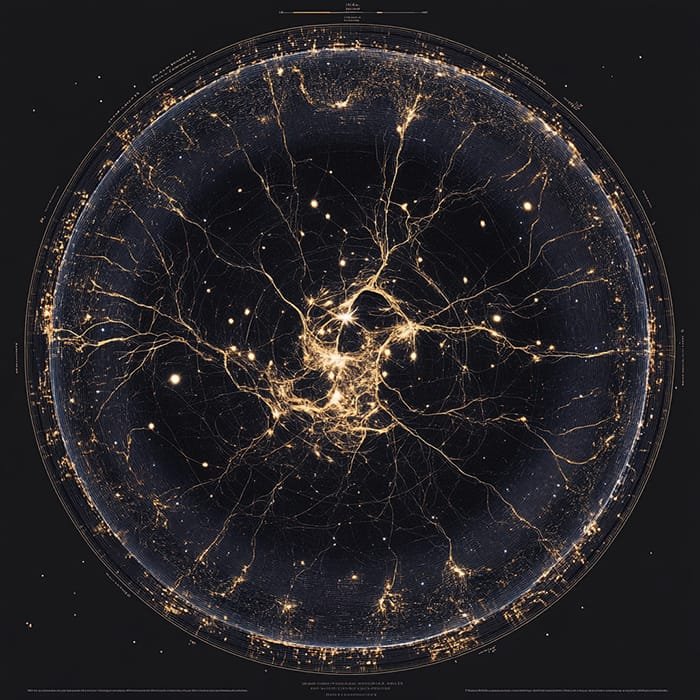
You might be wondering, “How does this space telescope’s map affect my daily life?” Well, understanding the universe’s workings can have profound implications for us all. It’s about finding our place in the cosmos and recognizing the intricate balance of forces that govern everything from the tiniest particles to the largest galaxies. In a way, this exploration is a reflection of our innate curiosity and drive to explore the unknown.
Challenges Faced During the Mission
No great journey is without its challenges, and the Euclid mission is no exception. From technical hurdles to the complexities of coordinating international efforts, the path to creating a space telescope’s map is fraught with obstacles. Yet, these challenges also highlight the resilience and creativity of the teams involved, proving that the pursuit of knowledge is a powerful motivator.
The Future of Space Mapping
As we look to the future, the space telescope’s map is just the beginning. With new missions on the horizon and continual advancements in technology, the possibilities for space exploration are endless. Imagine a future where we can predict cosmic events, understand the lifecycle of galaxies, and even find evidence of life beyond our solar system. The universe is vast and full of potential, waiting to be discovered.
How the Space Telescope’s Map Impacts Earthly Concerns
While the Euclid map is focused on the stars, its impact reaches down to Earth. By enhancing our understanding of cosmic phenomena, the mission can lead to advancements in technology, climate science, and even global cooperation. It’s a reminder that the universe is interconnected, and our exploration of it can have ripple effects across all areas of life.
Life After Warming and Cosmic Understanding
In the context of “Life After Warming,” understanding our universe might seem distant, but the insights gained can inform climate models and sustainability efforts. By studying cosmic patterns and the history of celestial bodies, we can draw parallels to Earth’s climate systems, learning valuable lessons about resilience and adaptation.
Conclusion to the Space Telescope’s Map
In conclusion, the Euclid space telescope’s map is a remarkable achievement in the field of astronomy and space exploration. It represents a giant leap forward in our quest to understand the universe, offering a window into the mysteries of dark matter, dark energy, and the cosmic web. But beyond the science, it’s a testament to human curiosity and our unyielding desire to explore the unknown. So, as we gaze up at the night sky, let’s remember that we’re part of a grand cosmic story, one that continues to unfold with each new discovery.
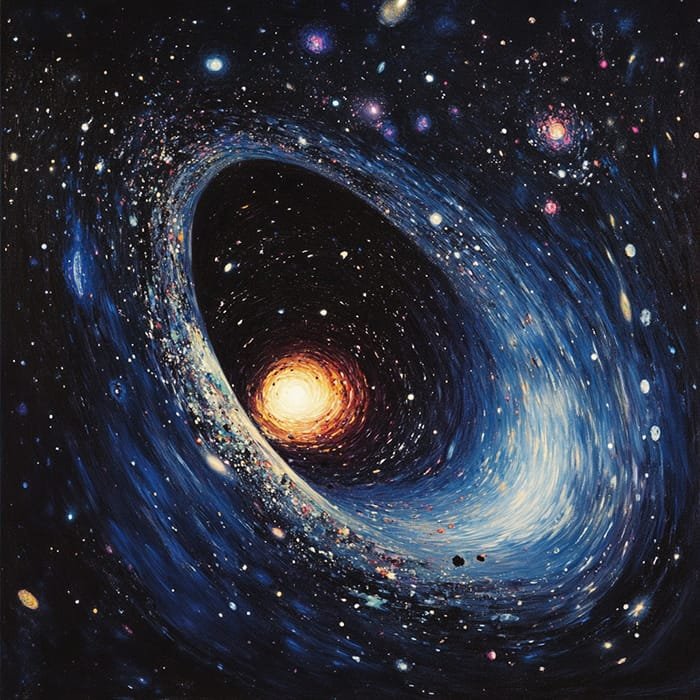
FAQ | Mapping the Universe: A Journey Through the Space Telescope’s Map
What is the main goal of the Euclid mission?
The Euclid mission aims to create a 3D map of the universe to better understand dark matter and dark energy.
How does the space telescope’s map benefit us on Earth?
It enhances our understanding of cosmic phenomena, which can lead to technological and scientific advancements impacting various fields, including climate science.
Why is a 3D map of the universe important?
A 3D map provides a comprehensive view of the universe’s structure, helping scientists understand the distribution and behavior of galaxies.
What challenges did the Euclid mission face?
The mission faced technical hurdles and the complexities of coordinating international efforts, highlighting the resilience and creativity of the teams involved.
How does the Euclid mission relate to “Life After Warming”?
Insights from the mission can inform climate models and sustainability efforts by drawing parallels between cosmic patterns and Earth’s climate systems.

